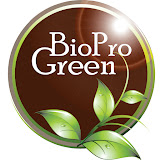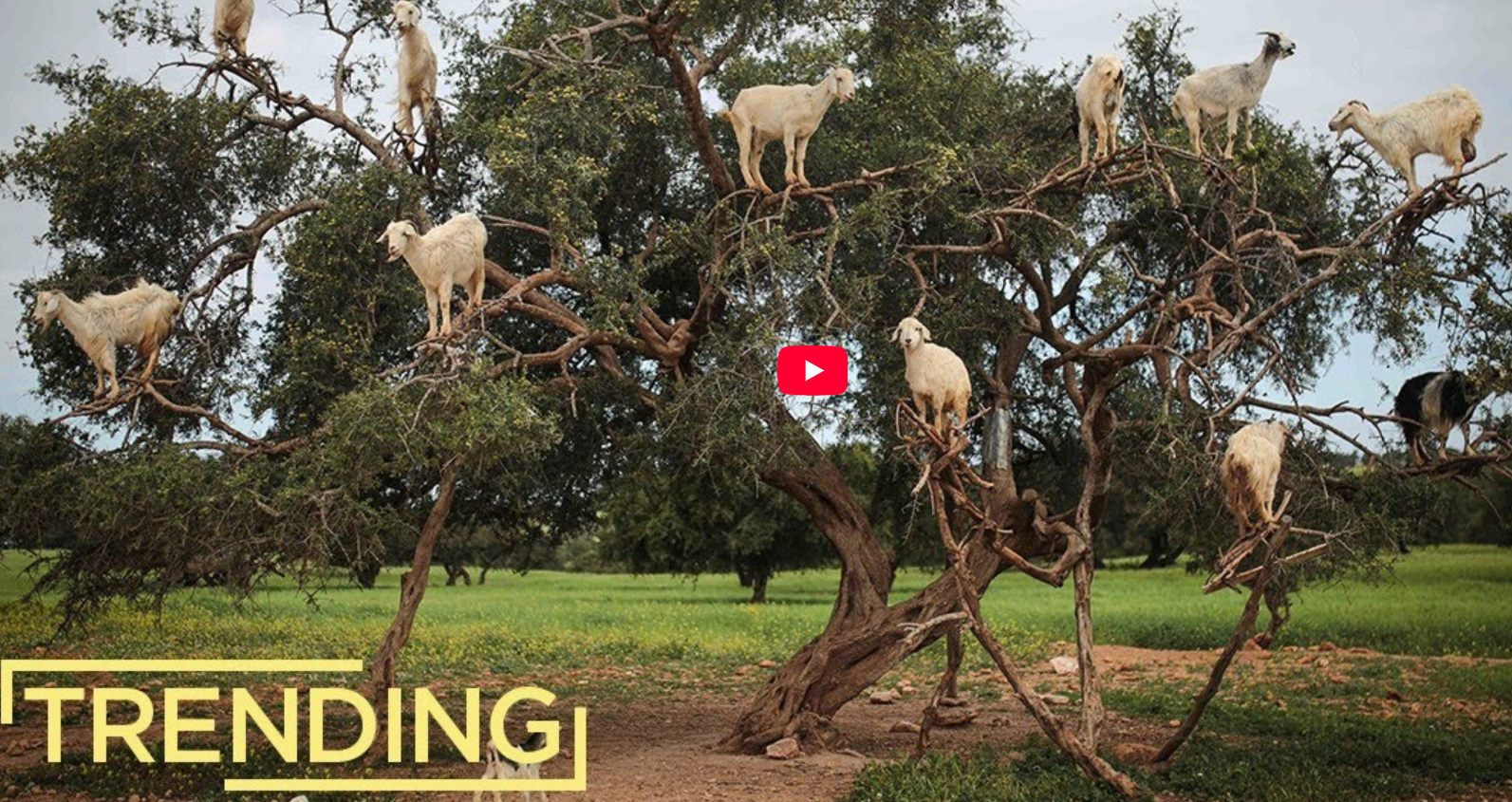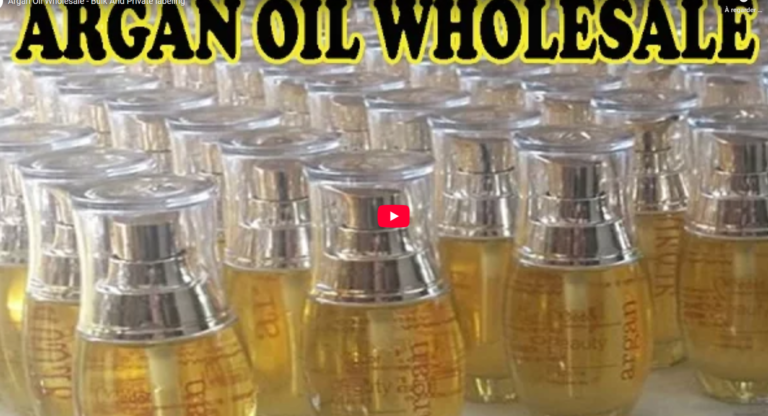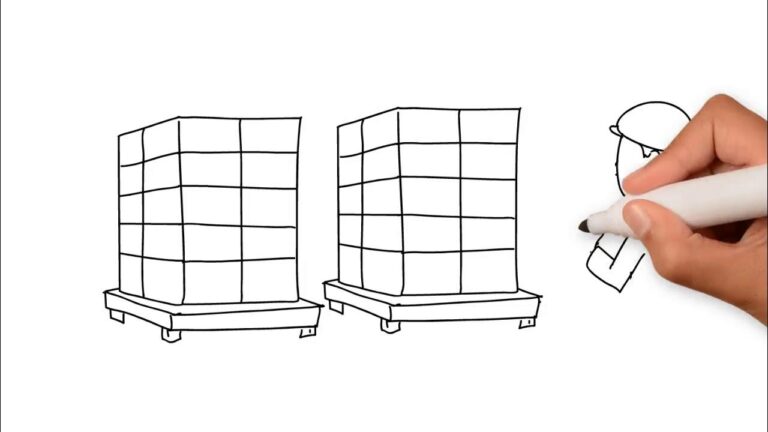Argan oil, often referred to as “liquid gold,” has been produced for centuries in Morocco. The extraction process has been a long-standing tradition among Berber communities, where local women meticulously handcraft this precious oil using age-old techniques.
The process begins with the harvesting of argan fruit, which ripens between June and August. These fruits are collected once they naturally fall from the Argania spinosa tree. Traditionally, goats were known to climb these trees and eat the fruits, leaving behind the nuts in their waste. However, this method is less common today due to hygiene concerns, and farmers now collect the fruits manually.
After harvesting, the fruits are left to dry in the sun for several weeks. Once dried, the outer pulp is removed, revealing the argan nut inside.
The next step, which is one of the most labor-intensive, involves cracking these extremely hard nuts to extract the small kernels within. This process is done manually using stones, as modern machinery often struggles to break the tough shells without damaging the kernels inside.
For culinary argan oil, the extracted kernels are lightly roasted before being cold-pressed, giving the oil its characteristic nutty aroma and taste. In contrast, cosmetic argan oil is extracted from raw, unroasted kernels to maintain its beneficial nutrients and neutral scent. The final step in the traditional process involves manually grinding the kernels into a thick paste using a stone mill, followed by kneading and pressing to extract the oil drop by drop.
Modern Techniques in Argan Oil Production
While traditional methods are still widely practiced, modern extraction techniques have been introduced to improve efficiency, hygiene, and oil yield.
Today, many argan oil producers use
mechanical cold-pressing machines that extract oil while preserving its nutritional and cosmetic properties. The industrialized process follows these steps:
sorting and
cleaning (the harvested argan fruits are washed and sorted to remove
any impurities;
mechanical cracking (advanced machines are now used to crack the nuts, significantly
reducing time and
labor while ensuring kernel integrity; cold-pressing (the
raw or
roasted kernels are placed into hydraulic or screw presses to extract oil without using
heat or
chemicals, ensuring the
highest quality product ; filtration (the extracted oil undergoes
multiple filtration stages to remove
sediment and impurities, resulting in a clear,
high-quality final product ;
storage and
packaging (the pure argan oil is stored in
dark or blue glass bottles, or
BPA-free containers to preserve its
freshness and prevent
oxidation before being distributed for retail or wholesale.
.webp)
The Role of Women’s Cooperatives
A crucial aspect of argan oil production is the role of women’s cooperatives in Morocco. These cooperatives empower local Berber women by providing them with employment opportunities, fair wages, and financial independence.
Many of these cooperatives operate under
fair trade principles, ensuring
ethical labor practices and community benefits. The women involved in cooperatives are responsible for
hand-processing the nuts, extracting the kernels, and sometimes even
managing the marketing and sales of the final product.
These cooperatives also invest in local development projects such as education, healthcare, and environmental conservation, reinforcing their positive social impact.
Sustainability in Argan Oil Harvesting
As global demand for argan oil continues to rise, sustainability has become a key concern. The Arganeraie Biosphere Reserve, recognized by UNESCO, plays a significant role in protecting Morocco’s native argan forests from overexploitation.
Sustainable argan oil production involves
controlled harvesting (to prevent
deforestation, regulations ensure that only naturally fallen fruits are collected rather than
directly picking from the trees); reforestation projects (various initiatives encourage replanting argan trees to maintain ecosystem balance and combat desertification, as
Morocco Projet 2020-2030);
water conservation (efficient processing techniques are being implemented to minimize water usage during oil extraction);
eco-friendly packaging (many brands are shifting to recyclable materials to reduce plastic waste, according to the government policy).
By adhering to these sustainable practices, Morocco ensures that argan oil production continues to thrive without depleting its
natural resources.
Conclusion
From the rugged Moroccan landscapes to the final bottled product, argan oil undergoes a fascinating journey that combines centuries-old traditions with modern technological advancements.
The meticulous process, whether done traditionally by hand or using industrial cold-pressing techniques, ensures that consumers receive high-quality oil packed with nutrients and benefits.
Moreover, argan oil production is not just about beauty and wellness—it is deeply
intertwined with women’s empowerment, sustainability, and ethical business practices. Whether used in skincare, haircare, or culinary applications, this
“liquid gold” remains a symbol of
Morocco’s rich cultural heritage and natural abundance.


.webp)
.webp)

.webp)






